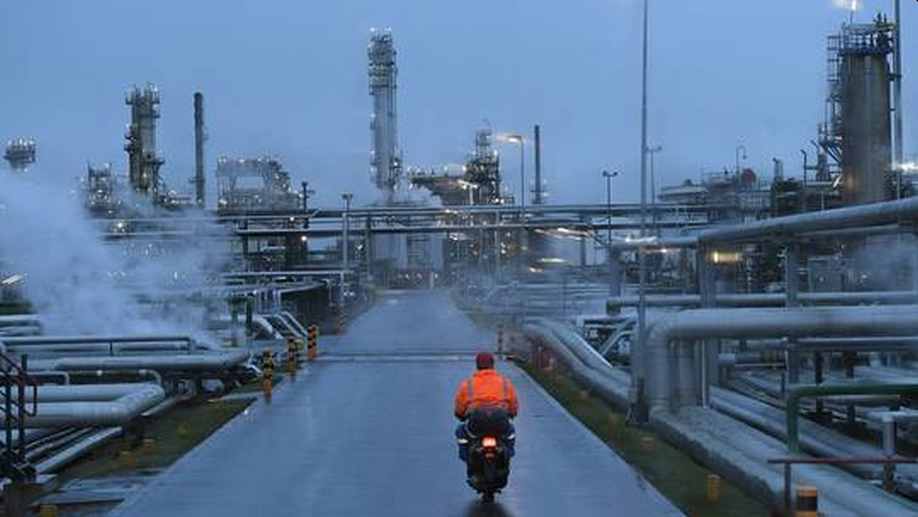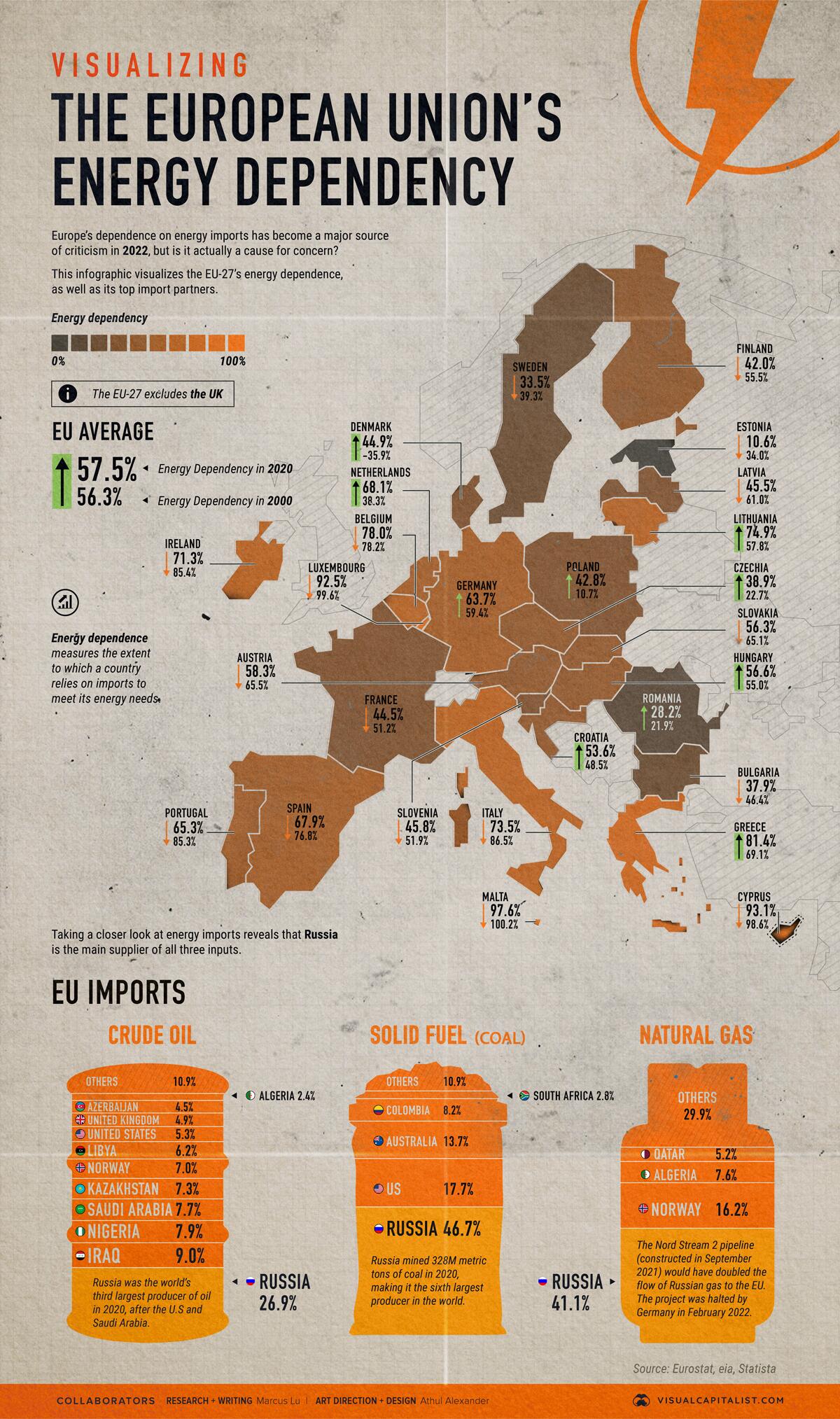EU sets a date to end its reliance on Russian energy; currently gets 40% of its gas from Russia

The European Union (EU) currently gets about 40% of all its energy from Russia, including 41.1% of its gas supply, according to data from FactSet. However, in the light of the ongoing war between Russia and Ukraine, the EU pledged in February to cut Russian gas imports by two-thirds before the end of the year and cease Russian fossil fuel imports by 2030.
Now a few weeks after its early pledge, the European Commission said on Monday that it expects the European Union to remain dependent on energy imports from Russia for at least another five years, according to a report from the TASS news agency. The Commission added that its reliance on Russian gas won’t end until at least 2027. Russia currently meets about 40% of the EU’s demand, supplying about 175 billion cubic meters per year.
The revelation came in response to a question posed during a press briefing in Brussels as to how soon US liquefied natural gas (LNG) would help Europe ditch Russian gas, European Commission Spokesperson for Climate Action and Energy Tim McPhie said the bloc would “be dependent on carbon fuels from Russia until 2027.”
McPhie said the EU had estimated it could reduce its dependence on Russian gas by two-thirds this year and that a detailed plan about how it would achieve this would be presented by the end of May.
McPhie’s comments follow the bloc’s talks with the United States last week, which focused on an expansion of American LNG supplies to the European Union as a way to reduce the continent’s dependence on Russian gas. US President Joe Biden had met with Brussels officials to try to push for an embargo on Russian oil too, which Europe had refrained from imposing, citing recession fears.
The statement released by the US and the European Commission on energy security after the summit affirmed their “joint resolve to terminate EU dependence on Russian fossil fuels by 2027,” and announced that a working group had been set up to achieve that end.
The bloc said it had sought to ensure stable demand for additional US LNG of approximately 50 billion cubic meters of natural gas a year until at least 2030, “on the understanding that the price formula of LNG supplies to the EU should reflect long-term market fundamentals.”
Meanwhile, as of October 2021, Russia supplied 25% of all oil imported by the EU, which is three times more than the second-largest trade partner. Below is an infographic that visualizes energy data from Eurostat.





